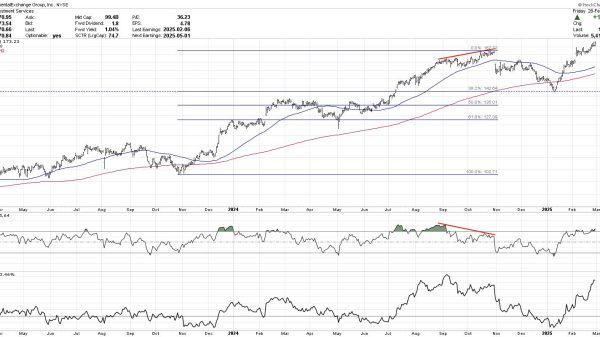Thomas A. Berry and Alexander Khoury
Of the many abuses the Founders listed in the Declaration of Independence, the Crown’s unilateral creation of new offices was considered especially tyrannical. To protect against similar abuses by America’s president, the Framers devised a Constitution that separated the power to create offices from the power to fill them.
The Constitution’s appointments clause restricts the president’s power to create offices. Only Congress can establish federal offices by law (meaning by statute). If a federal office is a “principal office,” then the president holds the exclusive authority to nominate an officer to fill that position, subject to Senate confirmation. For less significant officers, termed inferior officers, the appointments clause permits Congress to, by law, vest the power of appointment in the president alone, a department head, or a court of law.
But in the case of United States v. Alaska, a federal district court misinterpreted this careful restriction. The case concerned whether the power to regulate fishing in an Alaskan river lies with the state of Alaska or the federal government. Alaska contended that the federal board issuing regulations over the river was not created by Congress and, thus, that its creation violated the appointments clause. The state argued that the board’s regulations were, therefore, issued illegally.
But the district court disagreed. The court held that so long as a catch-all statute provides a generic rulemaking power, the executive branch can unilaterally create offices like the board without violating the Constitution.
This conclusion is wrong, and Cato has filed an amicus brief in support of Alaska in its appeal to the Ninth Circuit. Cato’s amicus brief addresses two points related to office creation and the vesting of the power to appoint inferior officers.
First, our brief explains that the appointments clause permits only Congress to create executive offices by statute. The term “by law” has a consistent meaning throughout the Constitution, including its two appearances in the appointments clause. The term refers to an action taken by Congress—namely legislation. By using that term, the appointments clause reserves for Congress the power to create executive offices. If federal regulators were allowed to create federal offices, they would be usurping an important legislative power from Congress. This would disrupt the Constitution’s careful separation of the power to create offices from the power to appoint their occupants.
Second, we argue that courts should apply careful scrutiny when determining whether a statute has created a federal office or vested the appointment of an officer. When a statute is alleged to have vested the appointment of an inferior officer, Congress must clearly signal that choice by echoing the Constitution’s use of the word “appoint.” Supreme Court precedent requires nothing less. And courts should not assume that Congress intended to create a federal office where the statute does not evidence this intention.
When applied to this case, these principles make it clear that Alaska should win. No statute, properly understood, creates the board or provides for the appointment of its members. As a result, the putative board’s regulations regarding the river are void. We urge the Ninth Circuit to reverse the decision of the district court.
























